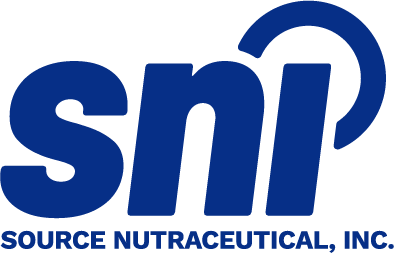Corrective and Preventive Actions (CAPA) sit at the centre of every strong and dependable quality system in the natural health product (NHP) space. Whether you manufacture, package, label, import, or distribute NHPs, in Canada or internationally, CAPA demonstrates that you can recognize issues early, correct them effectively, and establish controls that prevent them from recurring before products reach Canadian consumers.
Under the Natural Health Products Regulations and Health Canada’s updated Good Manufacturing Practices guidance (GUI-0158 Version 4.0), CAPA functions as a daily operational expectation and a core regulatory requirement for any company supplying NHPs to the Canadian market.
At SNI, we work with NHP companies around the world and see the impact of well-designed CAPA programs every day. Effective plans reduce risk, streamline compliance activities, shorten investigation timelines, strengthen retailer and partner confidence, and help protect brand integrity.
The guide below offers a practical and aligned overview of CAPA within the Canadian NHP framework. It is intended as a high-level resource, and we encourage readers to consult official publications, or connect with our team for product-specific guidance and tailored support.
- What CAPA Means Under Canadian Natural Health Product (NHP) GMP
- How Issues Are Identified in Natural Health Product (NHP) Operations
- Health Canada’s Role in CAPA Oversight
- Why CAPA Matters for NHP Companies
- Strengthening Root Cause Analysis (RCA) in NHP Manufacturing
- Common CAPA Deficiencies Observed by Health Canada
- Building a Proactive Quality Culture
- Final Remarks
- FAQ
What CAPA Means Under Canadian Natural Health Product (NHP) GMP
CAPA is a structured, evidence-based approach used to correct quality issues and prevent their recurrence. In the Canadian NHP landscape, CAPA reflects how well an organization can detect a problem, determine why it occurred, take meaningful action, and confirm that the solution will hold over time. This discipline is essential for any company that manufactures, packages, labels, imports, or distributes NHPs for the Canadian market. In Canada, CAPA involves three core action types:

Immediate actions: These contain or correct an issue quickly, so operations can be stabilized. Immediate actions often reduce short-term risk but do not eliminate the underlying cause. For example, this might involve quarantining the affected lot.

Corrective actions: These address and remove the root cause of a confirmed problem. Corrective actions are driven by structured investigation, objective evidence, and data-supported decision making. For example, this might evolve determining the true root cause of an identified issue and applying actions to correct the root issue, preventing the topical problems from arising again.

Preventive actions: These eliminate the cause of a potential problem before it occurs. Preventive actions are based on trends, historical data, patterns seen across suppliers or batches, and early warning signals. For example, this might include implementing specific testing prior to product releases to ensure that the identified issues do not arise in subsequent product batches and lots.
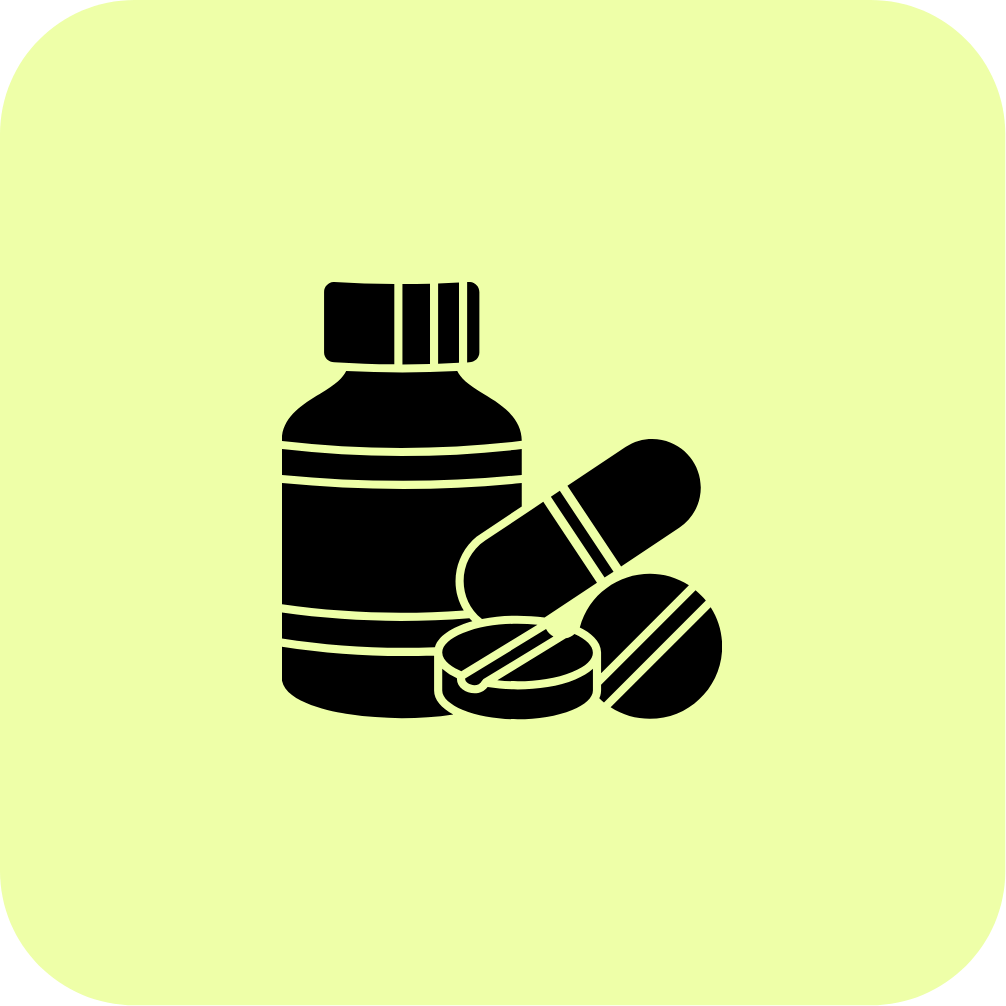
Health Canada expects regulated parties to use CAPA to address GMP deficiencies, NHP product issues, supplier-related concerns, inspection findings, and any event that has, or could have, an impact on quality, safety, or compliance. CAPA plans must be documented, supported with evidence, and tied to an active quality management system (QMS) that includes training, deviation management, complaint handling, change control, and data integrity practices.
For NHP companies, CAPA is also directly connected to site licence maintenance. Deficient CAPA programs often lead to prolonged inspections, extended review cycles, and increased likelihood of penalties or licence suspensions. Strong programs demonstrate reliability, readiness, and a consistent ability to protect consumers and maintain operational control.
How Issues Are Identified in Natural Health Product (NHP) Operations
Before a CAPA program can correct or prevent a problem, it must first recognize that a problem exists. In quality systems, the term “signals” refers to any piece of information, observation, test result, or external feedback that suggests something may be drifting away from expected standards.
Signals can be obvious, such as a failed potency test, or subtle, such as a slight increase in complaints about packaging. Understanding and interpreting these signals is essential because they form the starting point for investigation, risk assessment, and improvement. In NHP operations, signals appear across the entire product lifecycle, and strong organizations pay attention to all of them.
Internal Operational Signals
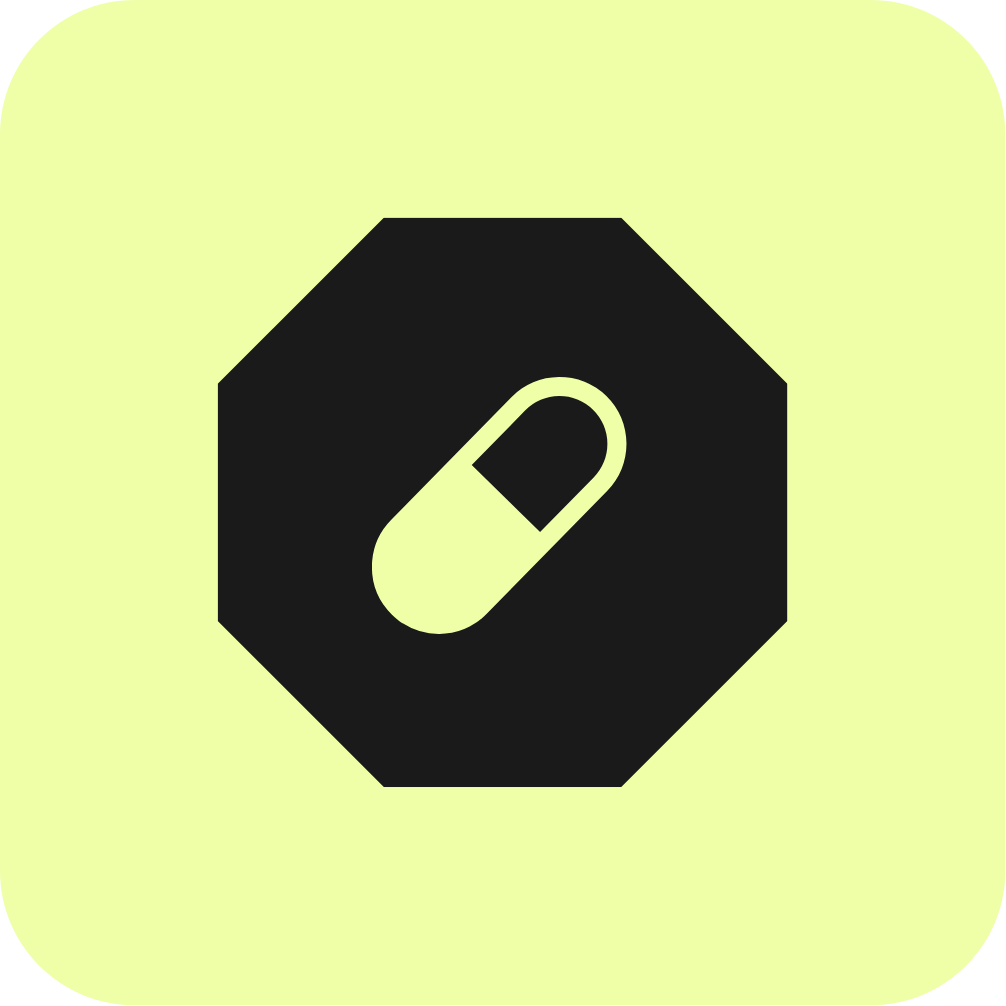
Many issues are identified internally during routine production and quality activities. Internal signals include any observations made by staff during manufacturing, packaging, or product handling, such as deviations from standard operating procedures, incomplete or inconsistent batch records, unexpected processing irregularities, equipment or environmental concerns, and unclear instructions during production. These signals often emerge early in the process and provide valuable opportunities for timely intervention. When internal teams recognize and document these observations, companies can correct issues before they progress further into the supply chain.
Laboratory and Testing-Related Signals

Laboratory data is another major source of issue identification. Analytical testing may reveal out-of-specification results, out-of-trend patterns, unexpected microbial findings, failed identity tests, or potency discrepancies. Stability studies may also detect changes in a product’s profile as it approaches its shelf life. Any confirmed or suspected testing failure carries a higher level of risk and should be investigated promptly, since laboratory results often provide the first objective indication that something has changed in the process or supply chain.
Consumer Complaints and Market Feedback

External signals also play a significant role. Consumer complaints, including concerns related to product odour, texture, packaging integrity, or unexpected reactions, can highlight issues that were not identified internally. Health Canada expects companies to review complaints collectively and assess them for trends, rather than treating each in isolation. Complaints serve as important early warnings and should always be evaluated in the context of broader quality performance.
Supplier and Outsourced Partner Indicators

Supplier and partner activities introduce another layer of complexity. Because NHP supply chains frequently involve botanicals, extracts, and other natural materials, companies may experience variability that originates outside their own facility. Issues such as mismatched certificates of analysis, incomplete supplier testing, unreported changes in raw material processing, or transport and storage excursions can all affect final product quality and must be treated as potential CAPA triggers. Supplier-related CAPA work is essential because upstream inconsistencies can directly influence potency, purity, and overall product performance.
Signals Identified Through Health Canada Oversight
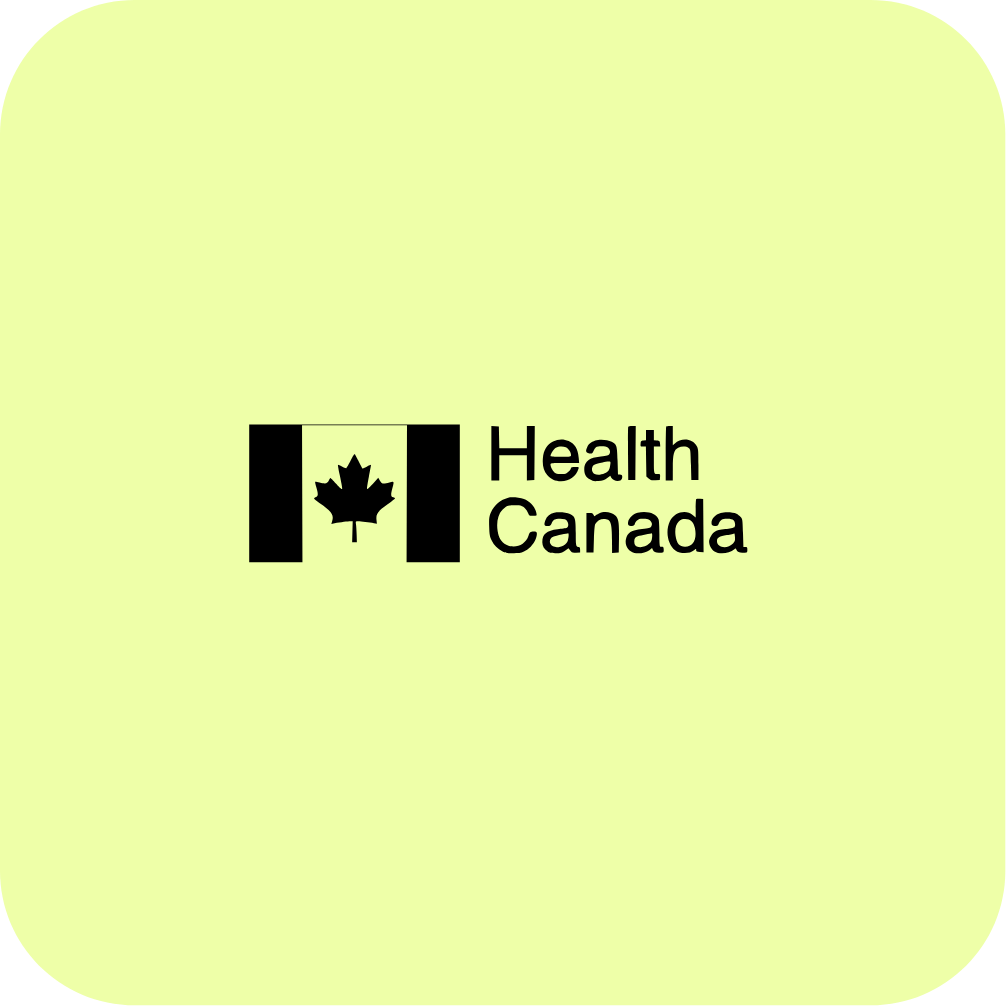
Regulatory oversight is a final, critical source of issue identification. Health Canada inspections, site licence renewals, and information requests often uncover gaps in documentation, GMP compliance, or system controls. When regulators identify an observation, companies are expected to demonstrate that they understand not only the specific issue but also the broader system-level contributors. CAPA programs must evaluate whether the concern has the potential to appear elsewhere in the organization and provide evidence that long-term controls are being strengthened.
Health Canada’s Role in CAPA Oversight
Understanding how Health Canada evaluates CAPA programs is essential for any organization supplying NHPs to the Canadian market. Regulators view CAPA as a key indicator of how well a company controls its operations, responds to issues, and protects consumers. When Health Canada reviews CAPA activities during inspections or site licence assessments, the goal is to confirm that the organization can identify concerns accurately, investigate them thoroughly, and implement meaningful long-term controls.
Under GUI-0158 Version 4.0, expectations are expanded and more stringent than previous versions, particularly in areas related to risk-based decision making, documentation quality, and data integrity.
How Health Canada Classifies Risk
Health Canada categorizes observations into three risk levels:
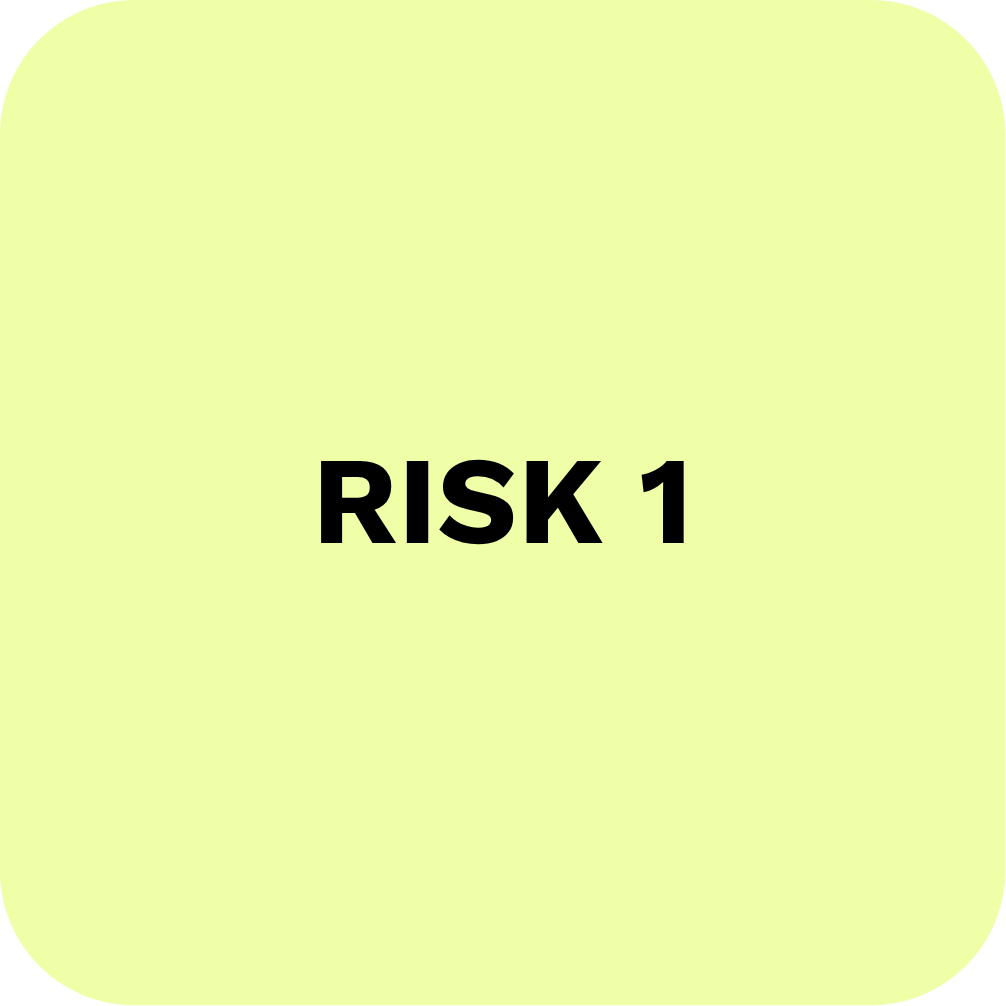
Risk 1 observations involve critical issues that may pose a direct risk to consumer safety.

Risk 2 observations involve major issues that could compromise product quality or GMP compliance.

Risk 3 observations involve other deficiencies that still require correction but carry lower risk.

For example, a Risk 1 observation might involve a product being released without completed identity testing, which means there is no confirmation that the correct ingredient is present. This can directly impact consumer safety and demands immediate, comprehensive action. In contrast, a Risk 3 observation may involve a minor documentation discrepancy such as an operator forgetting to sign an equipment cleaning log. The discrepancy still requires correction, but it carries much lower risk and does not typically affect product quality.
These risk levels determine how quickly a company must respond and how comprehensive the CAPA plan must be. High-risk observations, especially those related to product safety or systemic GMP failures, require a deeper level of investigation and corrective planning. Health Canada expects companies to address root causes across the entire system, not only in the specific instance identified.
What Inspectors Expect to See During CAPA Review
During an inspection, Health Canada assesses how well a company identifies, documents, and investigates issues. Inspectors look for clear descriptions of the event, credible root cause analysis (RCA), evidence-based decision making, and preventive measures that meaningfully reduce the risk of recurrence. They also review whether timelines are realistic, whether responsibilities are assigned appropriately, and whether training, procedures, or change control documentation have been updated to reflect the actions taken.
A key point is that CAPA must go beyond the single event observed. Inspectors expect companies to evaluate whether the issue could appear elsewhere in the organization, whether similar processes might share the same weakness, and whether controls have been strengthened in a way that reduces long-term risk.
CAPA Expectations During Site Licence Reviews

Health Canada also evaluates CAPA plans during site licence applications, renewals, and amendments. When observations are raised during the review process, the company is expected to submit a CAPA plan that clearly shows how it will address the underlying issues. This plan should outline systemic contributors, target completion dates, interim controls that protect product quality while longer-term actions are underway, and evidence that supports the work completed to date.

Prudent to note, the CAPA plan does not need to be fully completed at the time of submission, but it must demonstrate strong command of the issue, clear planning discipline, and a structured timeline for resolution. Health Canada may request supporting documentation, progress updates, or validation of completed actions to confirm that the organization is following through on its commitments.
Why CAPA Matters for NHP Companies
CAPA plays a much broader role than meeting regulatory expectations. When it is applied properly, CAPA becomes one of the most valuable tools an organization can use to strengthen quality, reinforce compliance, and maintain operational stability in the natural health product sector. It supports every part of the product lifecycle, from raw material selection to distribution, and it helps companies respond to issues in a way that prevents them from resurfacing. For organizations supplying the Canadian market, well-built CAPA programs offer real, measurable advantages.
Supports GMP and Site Licence Compliance

A strong CAPA program shows Health Canada that your quality system is functioning the way it should. Regulators rely on CAPA records to assess whether a company can identify issues, investigate them properly, and implement effective long-term controls. When CAPA work is clear, well documented, and evidence based, inspections tend to proceed more smoothly because inspectors can see how decisions were made and what improvements were implemented. This level of transparency helps reduce follow-up requests, prevents prolonged review cycles, and supports the ongoing maintenance of a site licence.
Prevents Recalls, Market Holds, and Product Interruptions

One of the most practical benefits of CAPA is its ability to transform issues and near-misses into opportunities for improvement. By addressing the root cause early, companies are far less likely to see problems escalate into serious events such as recalls or national product holds. CAPA can also prevent retailer-level interruptions, which can be costly and disruptive. When issues are managed proactively, companies avoid burdensome investigations, protect distribution channels, and keep launch timelines on track. This level of control is especially important in the NHP sector, where natural ingredient variability can introduce unexpected challenges.
Improves Retailer Confidence and Brand Reputation

Retailers and commercial partners want assurance that the products they carry come from manufacturers or importers with strong, reliable quality systems. A positive CAPA history, combined with low complaint recurrence and consistent supplier oversight, sends a clear signal that the organization takes quality seriously. Reliable stability performance and well-packaged CAPA documentation also provide retailers with the confidence they need when stocking or expanding a product line. Over time, this reinforces brand credibility and strengthens relationships with key partners.
Strengthens Supply Chain Performance

NHP supply chains can be complex, especially when working with botanicals, extracts, and other natural ingredients that may vary from batch to batch. CAPA helps bring structure to supplier oversight by creating a formal process for investigating issues, determining whether a supplier continues to meet expectations, and deciding when to initiate requalification or update contractual requirements. For example, recurring potency drift, inconsistent extract ratios, or discrepancies in certificates of analysis (COA) can signal the need for deeper investigation. CAPA provides the framework to address these concerns, clarify expectations, and improve supplier performance over time.
Enhances Operational Excellence

Beyond compliance and risk management, CAPA contributes to day-to-day operational improvement. Organizations that consistently apply CAPA see gains in first pass yield, production efficiency, and staff confidence. CAPA work often highlights areas where training can be strengthened or where processes can be clarified, which supports better decision making and smoother operations. It also reinforces data integrity, since CAPA relies on accurate, timely, and complete records. Equipment reliability may also improve as CAPA investigations reveal maintenance gaps or calibration needs. When CAPA becomes part of the daily culture, teams grow more proactive, processes become more resilient, and overall performance becomes more stable.
Strengthening Root Cause Analysis (RCA) in NHP Manufacturing
RCA is one of the most important components of a strong CAPA program, especially in the natural health product sector where ingredient variability introduces unique challenges. Health Canada expects all organizations handling NHPs to use structured, evidence-based RCA approaches to understand why an issue occurred and what needs to change to prevent it from recurring. When RCA is done properly, it strengthens both product quality and the overall quality assurance system by helping teams move beyond surface-level explanations and toward meaningful, long-lasting solutions.
NHP-Specific RCA Challenges
NHP manufacturing involves complex and highly variable raw materials. Unlike synthetic pharmaceuticals, which typically use controlled and standardized ingredients, NHPs rely on botanicals, extracts, and other natural components that can vary from batch to batch. This introduces several challenges that make RCA more nuanced.

For example, botanical raw materials often show natural variability depending on harvest location, soil composition, or growing conditions. Seasonal shifts can affect potency or extract yield, and carriers or excipients can behave differently depending on the supplier or processing method. Stability sensitivities may also be more pronounced in natural formulations, especially those containing essential oils, probiotics, or compounds sensitive to light or moisture. Packaging materials can further influence product performance if their barrier properties do not align with the formulation’s needs.
These layers of complexity mean that RCA for NHPs must account for multiple possible contributors, not just the most obvious one. A change in potency, for instance, could stem from an ingredient, a supplier shift, or even a previously unnoticed environmental condition.
Using Structured Tools to Support High-Quality Investigations
Effective RCA requires tools that guide teams through systematic, objective thinking. The tools selected should match the scope and complexity of the issue. Common and effective options include the 5 Whys technique for straightforward issues, fishbone diagrams for multi-factor investigations, fault tree analysis for complex or recurring concerns, process mapping for step-by-step clarity, Pareto charts for prioritizing high-impact contributors, and trend analyses for recognizing early warning patterns.
These tools help organizations break down complex problems into manageable components and reveal underlying causes that may not be immediately obvious. Strong RCA relies on consistent application of these tools and documentation that clearly shows how investigative decisions were made.
Moving Beyond Superficial Causes
While direct operator error may account for a modest proportion of issues, human-factor and system-related influences (training, environment, process clarity) contribute to the vast majority of CAPA-triggering events. Health Canada expects companies to look deeper and evaluate why the error occurred.

For example, unclear work instructions, training that has not kept pace with process updates, workflow or ergonomic challenges, or scheduling pressures may all contribute to operator mistakes. Change management gaps, supplier-related shifts, and environmental factors can also influence outcomes without being immediately visible.
RCA that stops at surface-level explanations does not meaningfully reduce the risk of recurrence. It may resolve the immediate issue, but it leaves the underlying contributors unaddressed, which increases the likelihood that the problem will return and potentially affect consumers. Companies are expected to examine contributing factors across the entire organization and show, through data and documented evidence, that they have identified the true source of the issue and addressed it in a way that prevents it from resurfacing.
Recognizing Supplier-Driven Root Causes
Many RCA findings lead back to the supply chain. NHP supply chains often involve multiple upstream partners, including growers, processors, extractors, brokers, and packaging suppliers. Variability or errors in any of these stages can affect final product quality. Examples include incorrect extract ratios, potency variations between shipments, certificates of analysis that do not reflect actual composition, unreported changes in processing or extraction methods, or inconsistencies in packaging barrier properties.
Because natural materials are inherently variable, strong RCA requires active supplier engagement. This may include reviewing test methods, conducting supplier audits, requesting more detailed documentation, or initiating supplier requalification. In some cases, escalation or sourcing adjustments may be necessary to maintain consistent quality.
RCA that includes upstream partners strengthens product reliability, reduces repeat issues, and demonstrates to Health Canada that the company maintains proper oversight of its entire supply chain, not only its internal processes.
Common CAPA Deficiencies Observed by Health Canada
During inspections and site licence reviews, Health Canada often identifies recurring weaknesses in CAPA programs. These issues typically reflect gaps in investigation quality, documentation practices, or broader system oversight. Understanding these patterns helps organizations strengthen their internal processes and reduce the likelihood of repeat observations.
Weak Root Cause Work

A common deficiency involves shallow or incomplete root cause analysis. Explanations such as “operator error” or “SOP not followed” do not explore why the error occurred. Health Canada expects companies to look deeper and consider factors such as clarity of procedures, training effectiveness, workflow design, or environmental conditions. Without examining these contributors, organizations cannot reliably prevent recurrence.
Incomplete or Insufficient Documentation

Another area where deficiencies are frequently observed is documentation quality. CAPA records must demonstrate how the issue was evaluated, what evidence supported the investigation, and why specific decisions were made. Missing information, unclear justification, or inconsistent entries weaken the credibility of the CAPA and make it difficult for regulators to confirm that the response was appropriate.
Lack of System-Level Thinking

Health Canada also notes CAPA responses that focus only on the immediate instance of the problem rather than considering whether similar vulnerabilities exist elsewhere. Companies are expected to evaluate whether the issue may affect additional products, processes, equipment, or supplier inputs. Preventive actions should meaningfully reduce system-wide risk, not simply address a single event.
Preventive Actions That Do Not Reduce Risk and Premature Closure

Two additional deficiencies often appear together. Preventive actions sometimes lack depth or fail to strengthen long-term controls, such as offering reminders or retraining without addressing underlying barriers. In parallel, some organizations close CAPAs before confirming that corrective actions were effective. Health Canada expects companies to verify effectiveness through activities such as trend reviews, follow-up testing, or targeted audits before closing a CAPA, ensuring that improvements are both measurable and sustained.
Building a Proactive Quality Culture
A strong CAPA program can only function well when the organization supports a culture of awareness, transparency, and continuous improvement. Processes and tools are essential, but they become significantly more effective when the people using them understand their purpose and feel confident contributing to quality decisions.
Encouraging Early Reporting

Early detection is one of the most powerful elements of an effective CAPA program. Teams should feel comfortable reporting concerns, near-misses, or weak signals as soon as they appear. This includes anything that feels unusual during production, testing, packaging, or documentation activities. When staff know they will be supported rather than blamed, they are more likely to speak up, which allows the organization to act before small issues develop into larger quality problems. Encouraging early reporting also reinforces shared responsibility for product safety and strengthens trust across departments.
Investing in Training That Builds Practical Skills

Training is most effective when it helps employees understand both what to do and why it matters. Practical education in writing clear problem statements, selecting appropriate root cause analysis tools, interpreting trends, and documenting investigations gives teams the skills they need to participate confidently in CAPA work. Training should also include scenario-based learning, real examples from past investigations, and refreshers when procedures evolve or when teams identify learning gaps. When staff understand the purpose behind each step, CAPA becomes a natural part of their daily responsibilities rather than a reactive exercise.
Strengthening Management Commitment

Leadership plays a central role in shaping how CAPA is perceived and how effectively it is used. Management can demonstrate commitment by allocating appropriate resources, reviewing quality metrics regularly, reinforcing accountability, and ensuring that CAPA actions are completed within realistic and well-supported timelines. Recognizing individuals or teams who identify issues early or contribute to strong investigations can further reinforce quality-minded behaviour. When leaders visibly support the CAPA process, employees are more likely to view quality as a shared priority throughout the organization.
Supporting Continuous Improvement Through Data and Review

A proactive quality culture depends on ongoing monitoring, thoughtful evaluation, and a willingness to evolve. Strong CAPA programs rely on regular review of complaint trends, deviation patterns, supplier performance, internal audit outcomes, and training effectiveness. These reviews help identify gaps that may not be obvious in day-to-day operations and highlight opportunities for system-level improvement. By analyzing data collectively rather than in isolation, organizations can spot patterns early and take preventive action before they affect product quality or regulatory compliance. This steady feedback loop creates a reliable cycle of improvement that supports long-term operational stability.
Final Remarks
A well-designed CAPA program is not simply a regulatory requirement. It is one of the strongest tools an NHP organization can use to safeguard product quality, maintain operational stability, and build trust with consumers, retailers, and regulators. Companies that invest in structured investigations, thoughtful preventive actions, and proactive quality culture consistently outperform those that rely on reactive fixes. As the Canadian NHP landscape continues to evolve, CAPA will remain central to demonstrating control, reducing risk, and supporting sustainable growth. Whether your team is building its first CAPA framework or refining an existing system, the goal is the same: a quality program that is durable, disciplined, and ready to support your products in a competitive and highly regulated market.
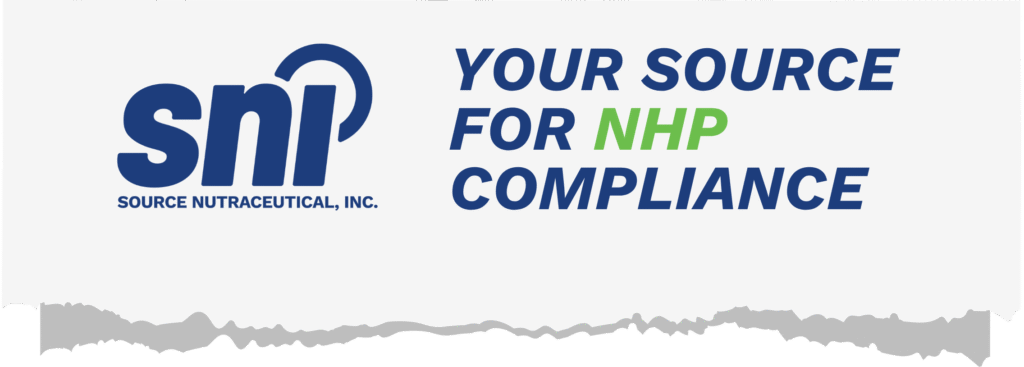
How SNI Supports Your CAPA and GMP Success
If your team needs support strengthening CAPA, reviewing GMP readiness, or preparing for a site licence inspection, SNI can help. Our specialists bring real-world experience from both sides of the industry, combining years of hands-on consulting with expertise gained within leading CPG and NHP brands. We understand that written expectations do not always translate cleanly into day-to-day execution, and our guidance is rooted in practical application that reflects how quality systems truly operate. Whether you require a full quality system review, targeted CAPA support, or assistance through an inspection cycle, we deliver evidence-based solutions that keep your operations compliant, efficient, and fully aligned with Health Canada expectations.
💊 More about our services here.
💡 Compliance is easy with the right support!
📩 info@sourcenutra.com
⬇️ Send us a request for support or an introductory call
FAQ
What triggers a CAPA in NHP operations?
A CAPA is typically triggered when an event suggests that product quality, safety, or GMP compliance may be compromised. Common triggers include deviations from procedures, out-of-specification or out-of-trend laboratory results, consumer complaints that indicate a pattern, supplier non-conformities such as mismatched certificates of analysis, and observations raised during Health Canada inspections. Any signal that points to a potential breakdown in process control, documentation, equipment, or supplier reliability can serve as a CAPA entry point because it may reflect a deeper system-level issue.
Does every issue require a CAPA?
Not every event requires a full CAPA. Low-risk issues that are clearly isolated and have no impact on product quality, consumer safety, or regulatory compliance may be managed through containment or simple corrective action. For example, a minor documentation error that is easily corrected and shows no systemic pattern may not need a full CAPA. However, any recurring issue, high-risk deviation, or event with unclear root cause typically does require a CAPA to ensure long-term control and prevent recurrence.
How does Health Canada evaluate CAPA?
During inspections and site licence reviews, Health Canada assesses the depth and quality of a company’s CAPA system. Inspectors review whether the issue was accurately identified, whether root cause analysis was conducted using structured methods, and whether decisions were supported by evidence. They expect clear timelines, appropriate assignment of responsibility, and preventive actions that address system-level contributors rather than isolated symptoms. CAPA documentation must show that the organization understands the issue, has taken meaningful corrective actions, and has verified that the solution is effective.
Why do NHP CAPAs often involve supplier issues?
NHP operations frequently rely on botanicals, extracts, and other natural ingredients that inherently vary more than synthetic or fully standardized materials. Factors such as harvest conditions, extraction methods, supplier testing variability, or unreported processing changes can significantly affect potency, identity, purity, and stability. Because these variations originate upstream, supplier-driven issues appear often in CAPA investigations. Effective CAPA programs therefore include strong supplier qualification, oversight, and collaboration to ensure consistency from raw materials through to finished product.
How can CAPA reduce recall risk?
CAPA reduces recall risk by identifying the true root cause of an issue and implementing controls that prevent it from occurring again. When investigations are thorough and preventive measures are well designed, companies can correct problems before they reach the market or before they affect multiple batches. CAPA also strengthens documentation, trend review, and system reliability, which improves early detection of quality shifts. This proactive approach significantly lowers the likelihood of market withdrawals, retailer holds, or consumer-level recalls and helps protect both brand reputation and consumer safety.
✷ The content on this website, including information presented in this post, is provided for general informational purposes only and does not constitute legal, regulatory, or professional advice. While efforts are made to ensure accuracy, laws and regulations vary by jurisdiction and may change over time. Readers should not rely on this information as a substitute for advice from qualified legal or regulatory professionals. We disclaim any liability for actions taken based on this content, and users are encouraged to seek guidance specific to their circumstances.
